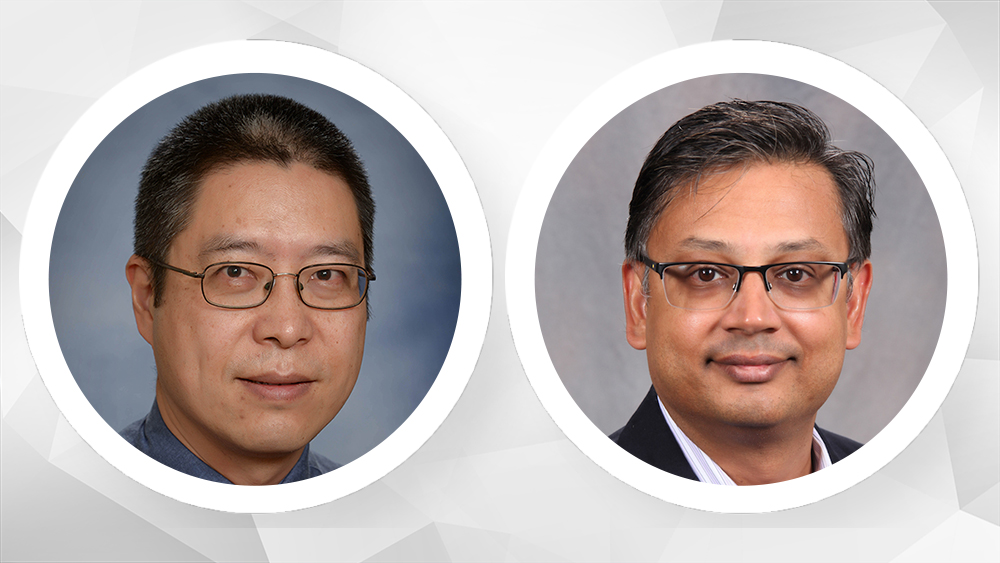
A team of researchers from Texas A&M University has received the Best Paper Award at the 2018 Institute of Electrical and Electronics Engineers (IEEE) International Conference on Vehicular Electronics and Safety.
The authors include graduate student Hongxin Kong; visiting scholar Jun Cheng; Dr. Krishna Narayanan, Eric D. Rubin ’06 Professor; and Dr. Jiang Hu, professor and co-director of graduate programs in the Department of Electrical and Computer Engineering at Texas A&M University.
The year-long study described in the award-winning paper, DUCER: a Fast and Lightweight Error Correction Scheme for In-Vehicle Network,” introduces a newly developed error correction system for the car industry.
Cars talk in ways other than honking a horn or revving an engine.
Similar to a cellphone, there is a constant internal dialog happening within the wiring of a vehicle. This code-based conversation between microcontrollers keeps the car running smoothly and safely. It supplies both quick reactions when the car is in motion and dependability in times where the driver is at risk.
However, sometimes this system of communication fails.
When the internal communication of a car breaks down, it resends the initial order to correct itself and cannot process any part of the previous instruction. Much like when a text message fails to send in an area lacking sufficient service, this causes a delay while the new message is being sent and reprocessed. This interruption, especially when dealing with a moving car, can be detrimental.
“Our work attempts to develop an error correction technique such that message retransmission can be avoided,” Hu said. “At the same time, the correction must be realized with low overhead on computing resources and computing time.”
DUCER accomplishes both goals.
The proposed correction system helps cars run smoother and be more reliable. In addition to being lightweight, DUCER also lowers installation costs by being compatible with existing car technologies.
Like connecting a phone to a Bluetooth speaker, vehicle encoding requires both a transmitter and a receiver. To update the system and allow the car to understand itself generally includes having to install entirely new equipment. However, DUCER will only need a new receiver to properly sync with a car, Narayanan said.
With eyes on the road, Narayanan, Hu and their students are looking toward the future with DUCER. In addition to providing the car industry with a new technique for vehicle communication, it paves the way for further research on autonomous cars, which need fast and reliable in-vehicle communication to function.
“This work was a collaborative effort between researchers working on coding theory and computer engineering,” Narayanan said. “Such cross-disciplinary work with a view towards solving a problem with practical importance is exciting.”
In addition to being an achievement for this team, this award lends itself to the collective initiative of the Department of Electrical and Computer Engineering to further the area of consumer electronics.
Currently, a handful of professors are lending their expertise and research to bettering the vehicles of tomorrow. University Distinguished Professor Dr. P.R. Kumar, for example, has developed air traffic controls for drones and cybersecurity systems for autonomous vehicles. Similarly, Dr. Jean-Francois Chamberland, professor and associate department head, is studying the design of sensor networks and limitations of wireless communication when applied to autonomous and connected vehicles. Finally, the research done by Dr. Scott Miller, Debbie and Dennis Segers '75 Professor and co-director of graduate programs, is diving deeper into how to create an effective communication system for both autonomous and manual consumer electronics.